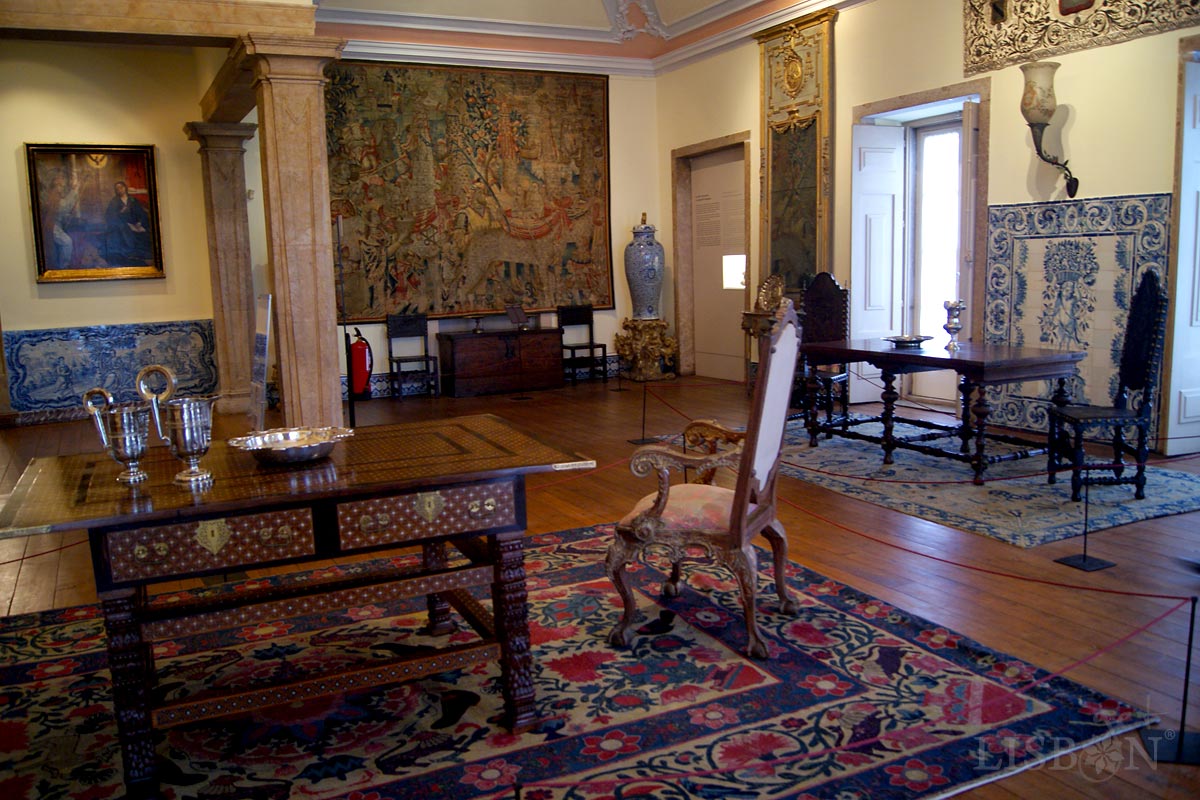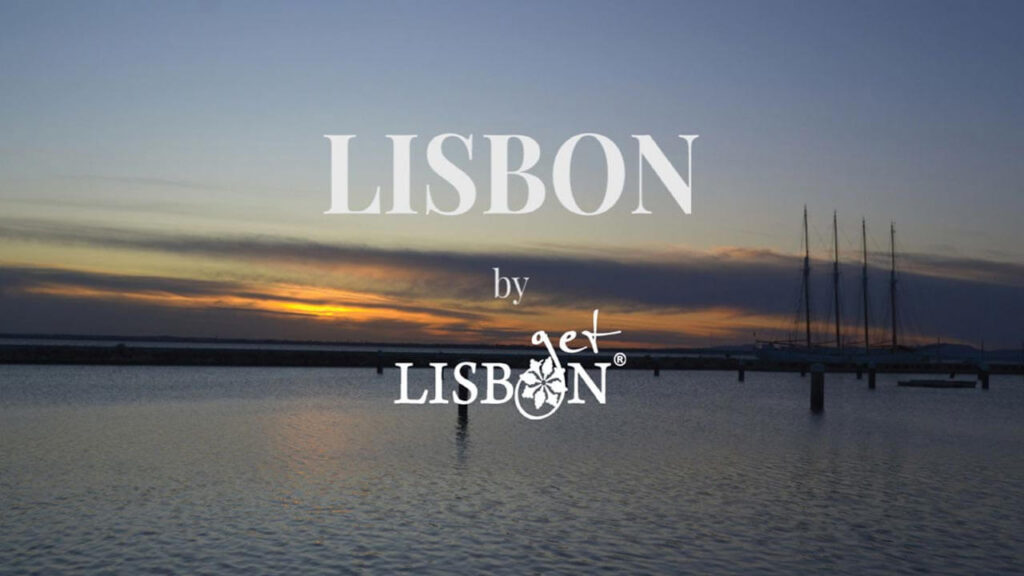Right outside of Alfama neighbourhood, installed in the Azurara Palace, we can find the Museum of Portuguese Decorative Arts.
It’s a fascinating space marked by the relevance of its assets, by its quality and its mission’s importance.
It’s a place where the knowledge of the traditional techniques and the attention to detail make us enter a new dimension where time passes slowly.
Get to know Lisbon’s historic neighbourhoods in a guided tour and discover unmissable places of this magnificent city.
Collection of Ricardo do Espírito Santo e Silva

The Museum of Portuguese Decorative Arts was opened to the public in 1953, assembling part of the private collection of the banker Ricardo do Espírito Santo e Silva (1900-1955).
The assets here exposed
Throughout his short life the patron acquired, in auctions and in national and international antiques shops, various objects produced in Portugal or that derived from national orders. This way he allowed to bring back to the country significant works of art such as the tapestry “Cortejo com Girafas” (parade with giraffes) of the Tounai Atelier, which dates back to c 1510.
By visiting this museum, with the Collections of Furniture, Jewellery, Textiles, Tiles, Painting, Porcelain and Faience you can travel through the panorama of the Portuguese decorative arts and get to know their influences and artistic contaminations from the 16th to the 19th century.


From Azurara Palace to Museum of Portuguese Decorative Arts

The Azurara Palace is a building classified as a property of public interest that dates back to the first half of the 17th century and which has integrated in its structure a tower and a section of the Moorish Wall.
It is situated in the Portas do Sol Square, place of the missing eastern door of the city of Lisbon, over the old neighbourhood of Alfama.
The name Azurara derives from its occupation by the Viscount of Azurara, João Salter de Mendonça, in the last quarter of the 18th century.
The palace was occupied several times until it was acquired in 1947 by Ricardo do Espírito Santo e Silva with the purpose of installing part of his collection. After restoration work led by the architect Raul Lino (1879-1974),
A Unique Project, Museum and Workshops

In 1953 the palace and the collection were donated to the Portuguese Government, resultingfrom this process the Ricardo do Espírito Santo e Silva Foundation that aimedto protect and promote the Portuguese Decorative Arts and the crafts related tothem.
The assembly of such a vast and valuable set of assets and the concern to preserve and to promote it consist of only a part of a more ample and original project.
A school of arts and crafts
Today, the Foundation is a prestigious nationally and internationally recognised entity, specialised in the areas of decorative arts, traditional crafts, conservation and restoration. The Conservation and Restoration Department carries out important projects in
| Never miss another article | Subscribe here |
Exotic, Emblematic and Surprising Pieces of the Museum
It would be unfair to highlight only a few pieces of such a rich and diversified collection. However, we want to make you curious so that you come to
We start by highlighting an important set of pieces that result from the encounter of Portugal with other cultures. From origins as diverse and geographically distant as India, China or Japan, we present exotic pieces of Indo-Portuguese furniture, Chinese porcelain, Nanban art…

The taste for the unknown and for the exotic are also patent in the theme of the emblematic tapestry “Cortejo com Girafas”, an important order made
Less monumental but not any less interesting and in the same room, you can find a magnificent embroidery piece of the 17th work. It is a
You will certainly, among other reasons be surprised by another emblematic piece of the museum, a multifunctional table from the 19th century. This extraordinary table associates the nobility of the materials and the art of inlay and of carving to the engine that allows to “fold” several

The didactic exhibition, which puts side by side environments where it is easy to recognise the differences
There’s a lot more to highlight…
In addition to the permanent exhibition, the Museum of Portuguese Decorative Arts promotes partnerships and temporary exhibitions with plastic artists, combining contemporary creativity with ancestral techniques and materials.
There are also guided tours of the Museum and the Ateliers, workshops and programmes for the school holidays.
You can also visit the pleasant cafeteria and the shop where you can find certified reproductions of pieces of the museum, books and a vast diversity of outstanding items executed in the workshops with traditional techniques.

There are plenty of reasons to, one of these days, immerse yourself in this magnificent museological space. More information can be found on the Museum’s website.
The project getLISBON has been very rewarding and we want to continue revealing the singularities of fascinating Lisbon.
Help us keep this project alive!
By using these links to make your reservations you’ll be supporting us. With no extra costs!
• Looking for a different experience? We can create a customised itinerary based on your interests. Contact us!
• Or if you prefer tours and other activities in various destinations, take a look at GetYourGuide.
• Save time and money with a flexible Lisbon Card!




